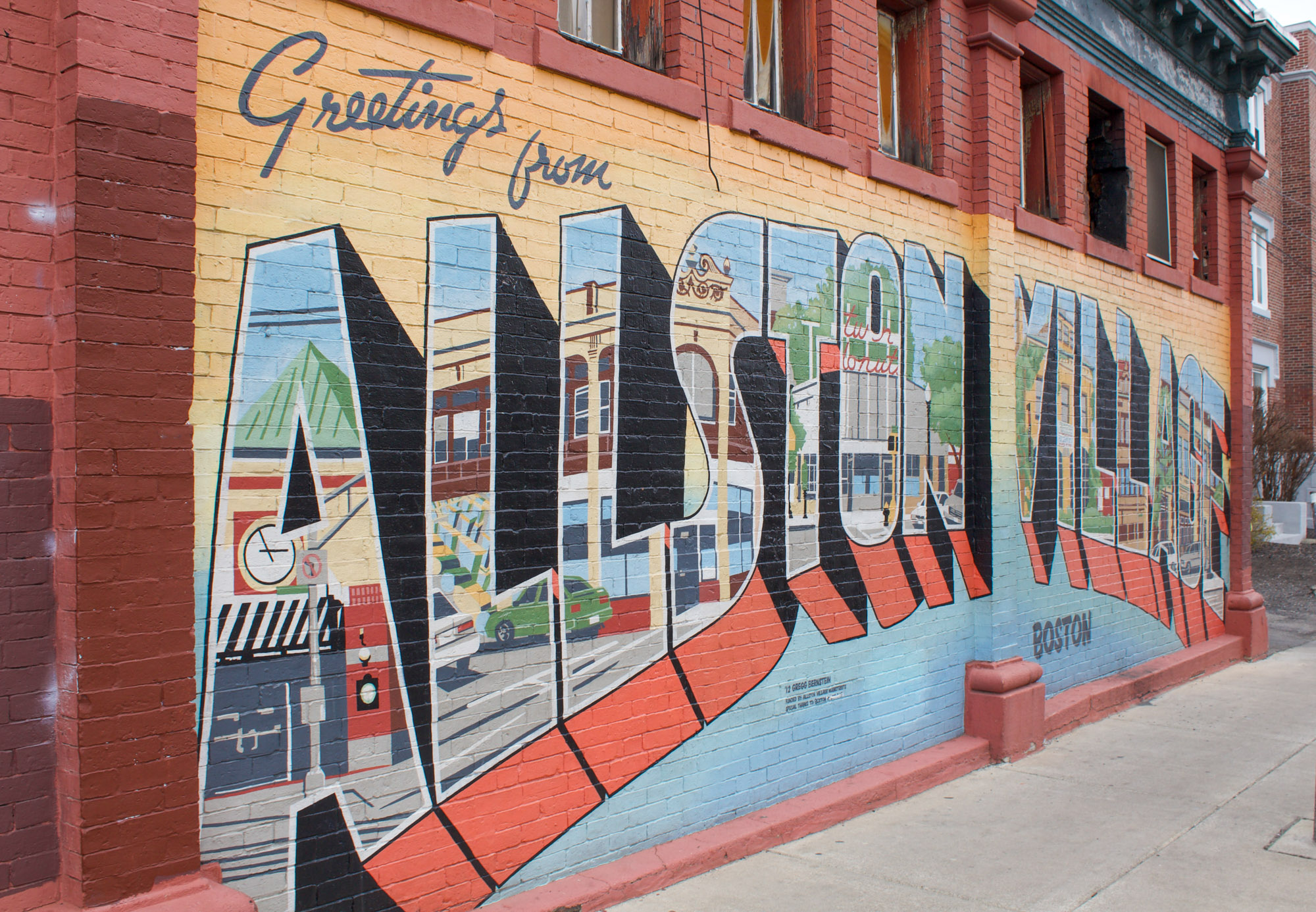In Mayor Wu’s latest effort to create affordable housing in the city, the BPDA approved six new zoning districts under the new “Squares + Streets plan,” which will serve as a range of options for the development of neighborhood centers across the city if approved by the Zoning Commission.

Last week, the Boston Planning and Development Agency board of directors approved the update to the zoning code. The plan is directed towards developing neighborhood centers in the area, creating “housing diversity and growth opportunities, and [encouraging] active streets,” according to the BPDA website.
Two centers are already being developed: Roslindale Square and Cleary Square. Community input will help determine which districts are most appropriate for their neighborhood center or main street, according to the BPDA.
“Some combination of [those districts] is tailored to the neighborhood … that they’re in to help ensure a resilient, affordable and equitable future for that area,” said Benjamin Zünkeler, a senior planner at the BPDA.
The new zoning plan distinguishes itself from traditional planning elements in Boston’s zoning history by shifting from “use-based” zoning to “form-based” zoning. Use-based focuses on what uses are allowed, such as commercial business or different types of housing.
Form-based zoning concerns with “the box … things are able to be built within,” Zünkelar said. He said the process is less concerned with uses and instead tries to standardize form.
In a previous zoning framework, “you’d have to go through a variance process that could take up to a year [just] to open [an] ice cream shop,” Zünkeler said. He envisions the six districts will “reduce some of that uncertainty in the future.”
Zünkeler said the BPDA identified two locations in Allston-Brighton – Allston Village and Brighton Center – that the team assessed had a convergence of transit, vibrant businesses and industries.
Many sites around Allston-Brighton are “outdated”, said Anthony D’Isidoro, president of the Allston Civic Association.
“[The plan has] a lot of potential mixed-use possibilities, where we can have first floor, retail [and] office-type arrangements, but then more importantly, to have housing above that,” D’Isidorio said.
D’Isidorio highlighted Wu’s plans to move the BPDA under City Hall’s jurisdiction, ending its reign as a separate agency in attempts to increase efficiency when amending the zoning code, which has not been comprehensively updated since 1965, according to Wu.
“I’m very supportive of all the planning efforts going on, so that we reestablish planning as the central focus,” D’Isidorio said. “I give [Mayor Wu] all the credit in the world.”
D’Isidorio said he heard concerns about displacement raised over the new initiative, though he said development in Allston-Brighton has been focused on commercial buildings and vacant lots, avoiding displacing residents.
“That is a very legitimate thing,” D’Isidorio said. “It’s something to keep an eye on, and just to make sure that if people are displaced, we find ways of allowing them to stay in the communities.”
D’Isidorio emphasized “quality input” from the community in order to make the best use out of community members’ time and effort.
“Messaging is going to be critical,” D’Isidorio said, identifying the “undercurrent” of community members who believe they are losing their rights in the development process. “[It will allow] the community to engage in a much more efficient manner than they’re currently doing.”
The BPDA adopted the Allston-Brighton Needs Assessment in January 2024, which Zünkeler said laid groundwork for the new initiative. Zünkeler said they have not started picking a combination of districts for Allston-Brighton yet in order to understand what the community wants first.
The plan still awaits approval by the Zoning Commission. In an event at CitySpace on Wednesday, Wu said the commission will be voting next week.


















































































































